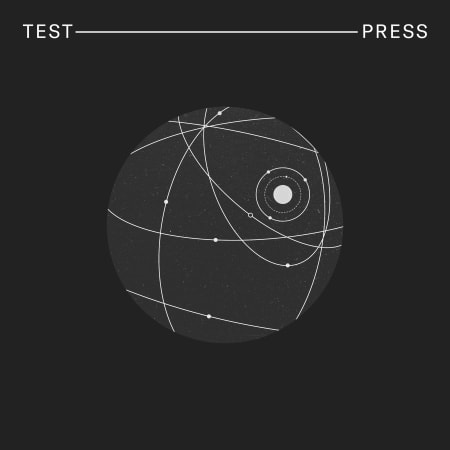Dubstep can be traced to the early 2000s in the South London dance music scene, yet its true roots date back to the growth of the Jamaican sound system party scene in the early 1980s. Like any genre of music, it borrows and steals from several sources. Defined by prominent bass lines and syncopated drum patterns, Dubstep, however, is a singular mix of these influences—it is its own beast.
According to a Redbull Music Academy article, "Emerging in parallel to grime around the turn of the century, dubstep was created by a handful of younger teenagers and older heads in London who began experimenting with the basslines from their favourite garage records – notably the music of Steve Gurley, Zed Bias, J Da Flex, and El-B – and introducing dub and jungle elements to create a stripped-back, meditative sound."
A record shop called Big Apple in Croydon on the periphery of South London played an instrumental role in the development of the genre. Arthur Smith, aka Artwork, who lived above the shop started a small label releasing white labels of more experimental music, which DJ Hatcha sold at the store.
The Big Apple shop became the go-to spot for producers and electronic music enthusiasts to congregate. They also frequented a club night called FWD>> - a sparsely-attended night originally held at Soho’s legendary Velvet Rooms dedicated to music considered too weird for the big MC-hosted garage raves. Included in that crew of young producers was a teenage Skream along with Oris Jay, Plastician, Chef, LD, Kode9, N-Type, Loefah, Mala, Coki, and Benga.
Hearing records by jungle legends like Moving Shadow inspired Skream to experiment with making music on his Playstation, then Fruity Loops. Even more influential was hearing El-B’s Buck N Bury under his Ghost alias at FWD>> in 2002, a seminal record in the development of dubstep.
Another crucial element of dubstep is sound system culture. Passed down from Jamaican reggae and dub outfits through the London jungle scene, it was essential to Digital Mystikz’ Mala and Coki. Skream heard the duo doing “this really heavily musical, dub inspired stuff, and it was just really cool because I hadn’t really heard nothing like it out,” as quoted by the Redbull Academy.
Throughout 2003, DJ Hatcha pioneered a new direction for dubstep on Rinse FM and through his sets at Forward>>. Playing sets cut to 10" one-off reggae-style dubplates, he drew exclusively from a pool of new South London producers—first Benga and Skream, then also Digital Mystikz and Loefah—to begin a dark, clipped, and minimal new direction in dubstep.
The rest is history as artists like Skrillex, Virtual Riot, and Chase & Status have continued to define and shape the genre while achieving grand international success.
Download this pack

